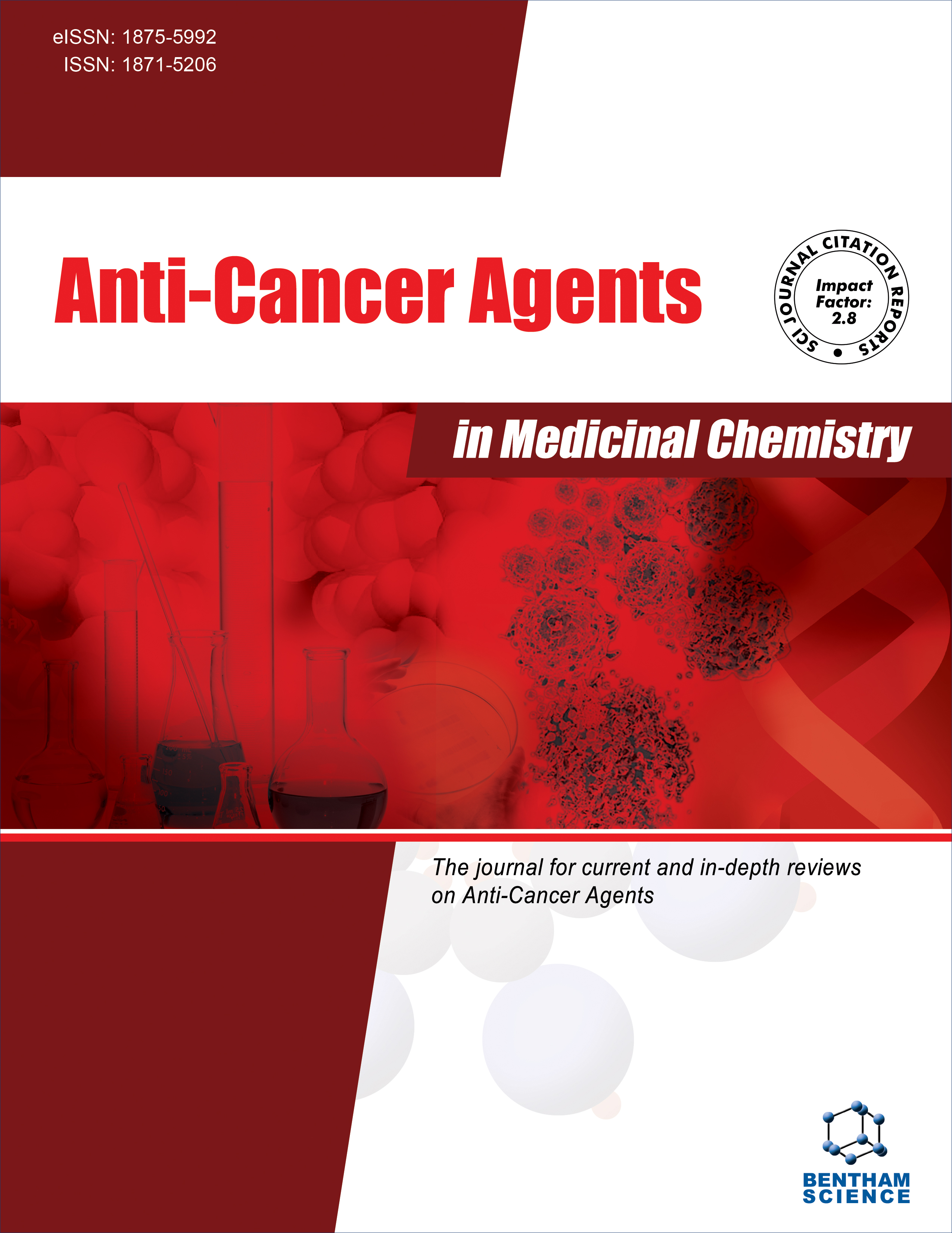
Full text loading...

Rosmarinic acid (RA) is a phenolic acid known for its important biological activities. Although it has been shown to inhibit various cancer cell types, its effects on the suppression and induction of apoptosis in neuroblastoma cells remain unclear. In this study, the antiproliferation and apoptosis-inducing effects of various concentrations of rosmarinic acid on neuroblastoma cells (SH-SY5Y) were investigated. Additionally, molecular docking analysis was conducted to examine the interaction between rosmarinic acid and the antiapoptotic protein BCL2.
SH-SY5Y cells were treated with rosmarinic acid at concentrations of 50, 100, 150, and 200 µg/ml for 24 hours. The percentages of apoptotic and necrotic cells in cultures treated with the lowest and highest concentrations were assessed using the Annexin V/PI staining method. Furthermore, the interaction between rosmarinic acid and BCL2 protein was analyzed using molecular docking techniques.
The viability of rosmarinic acid-treated SH-SY5Y cells decreased. In SH-SY5Y cells, the percentage of late apoptotic cells increased to 40%. Molecular docking results showed that the benzene ring of rosmarinic acid formed pi-alkyl interactions with PHE71 and van der Waals interactions with SER64, ALA72, SER75, and VAL115 of BCL2. The lowest binding energy was calculated as -7.2 kcal/mol.
RA demonstrated a suppressive effect on SH-SY5Y cells by targeting the antiapoptotic protein BCL2, suggesting a potential mechanism of action through the induction of apoptosis.
RA inhibited neuroblastoma SH-SY5Y cell proliferation and induced apoptotic cell death. It inhibited the proliferation of neuroblastoma SH-SY5Y cells and promoted apoptotic cell death, potentially through interaction with the BCL2 protein.